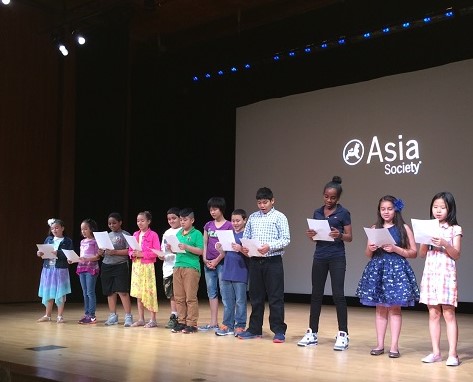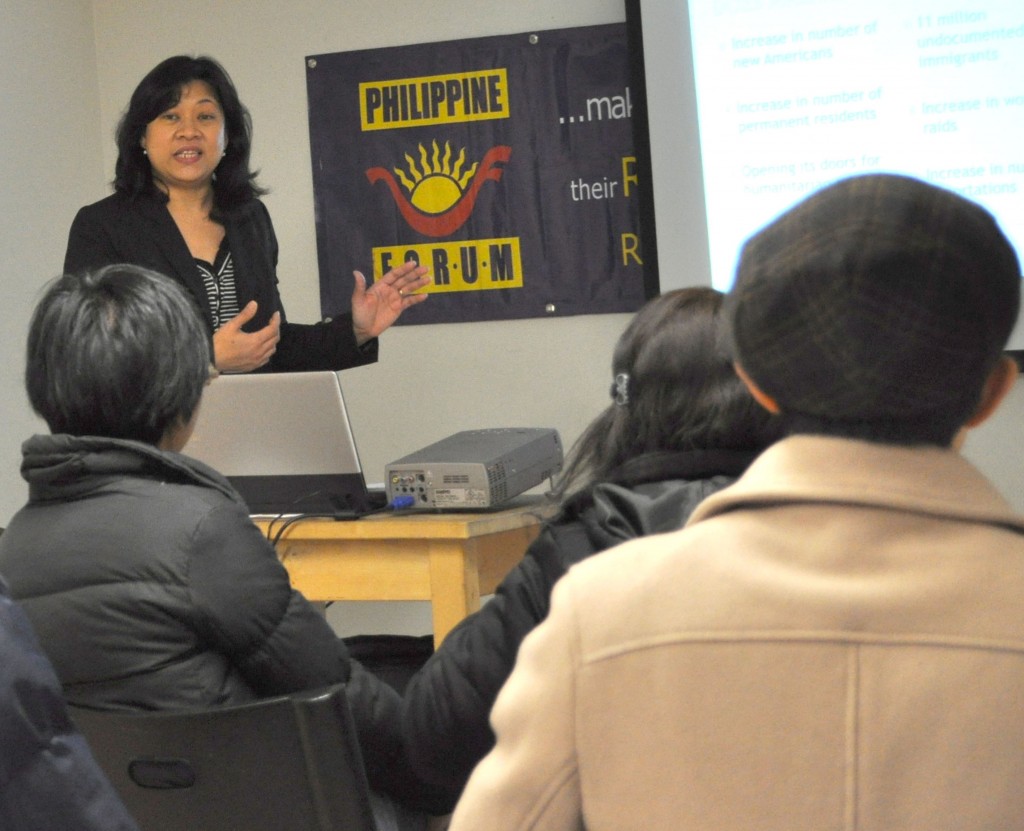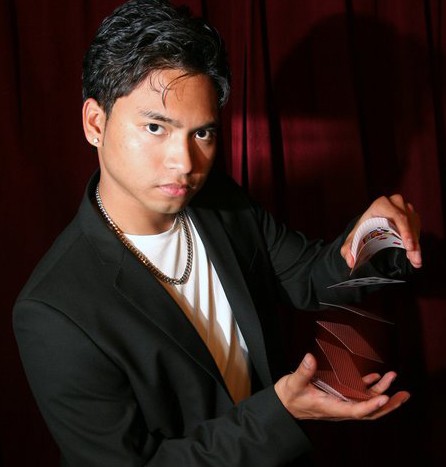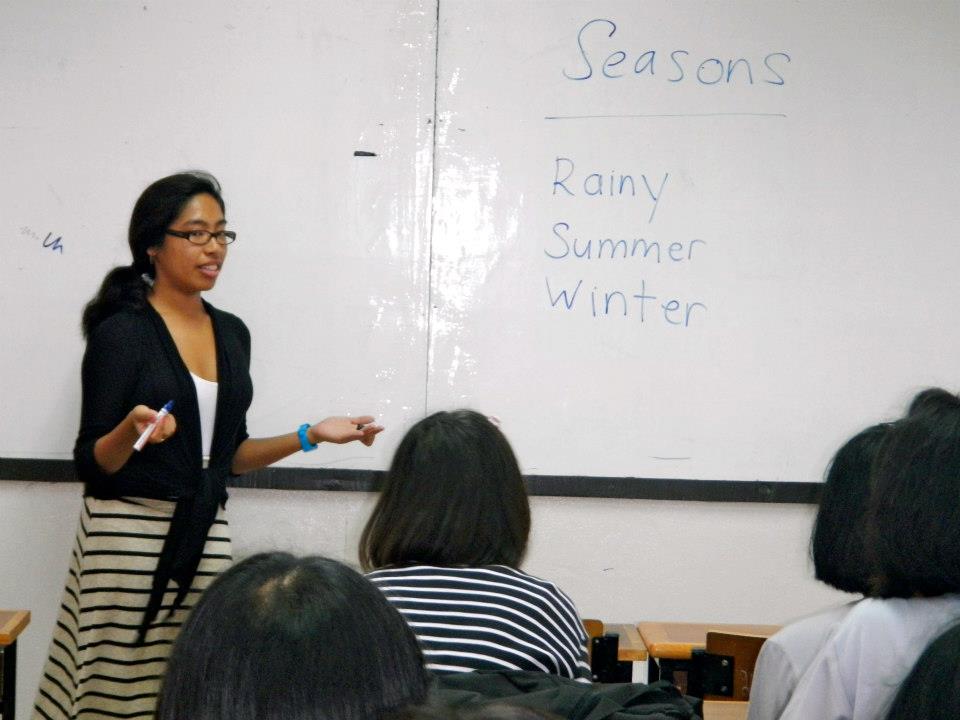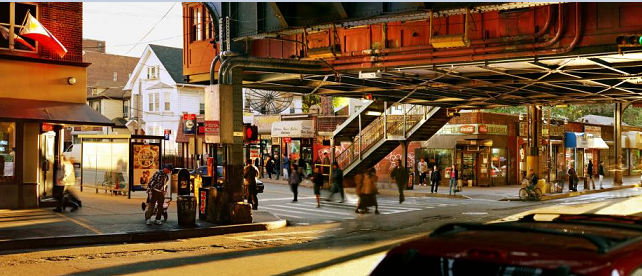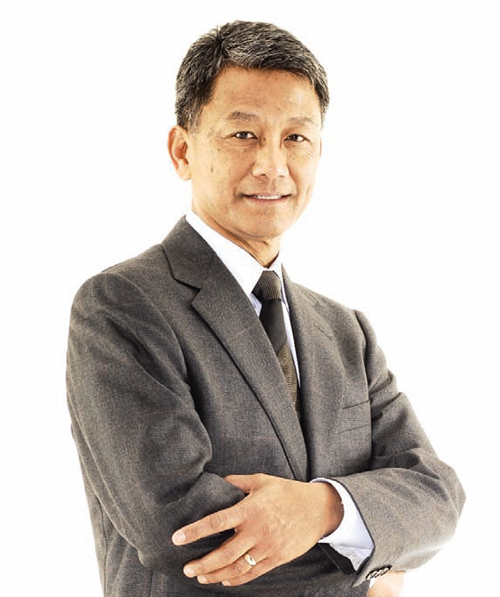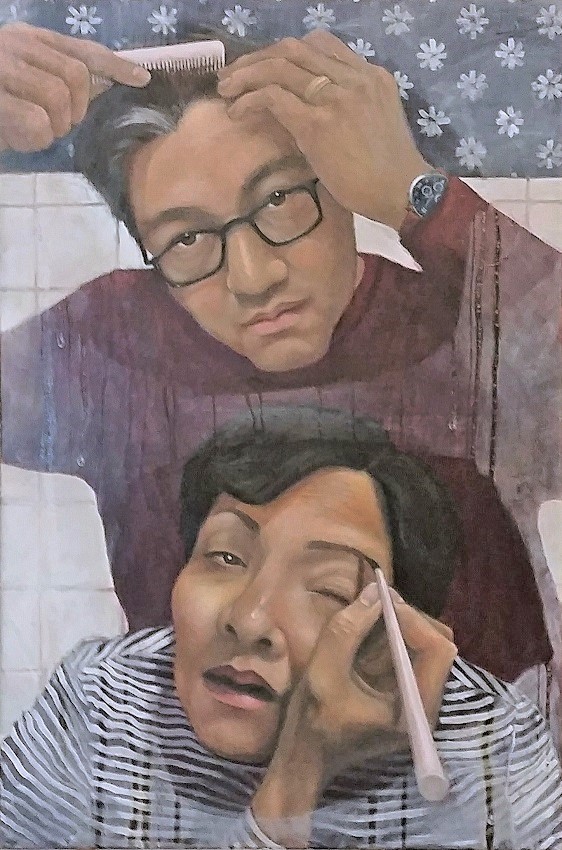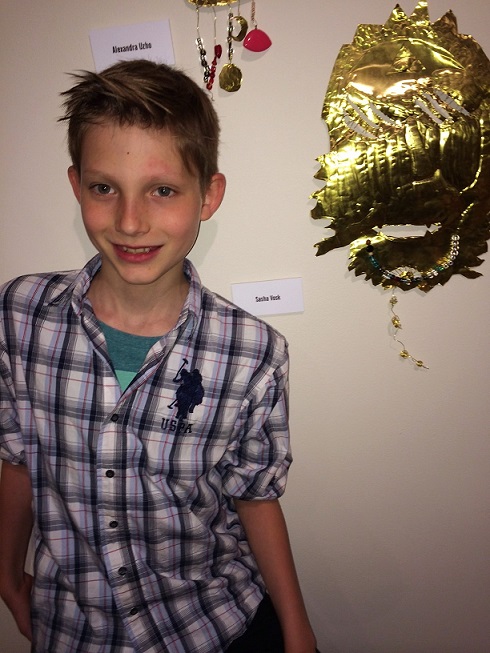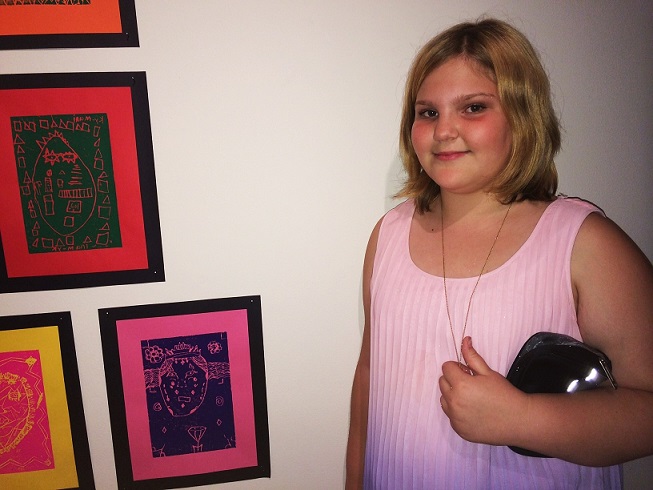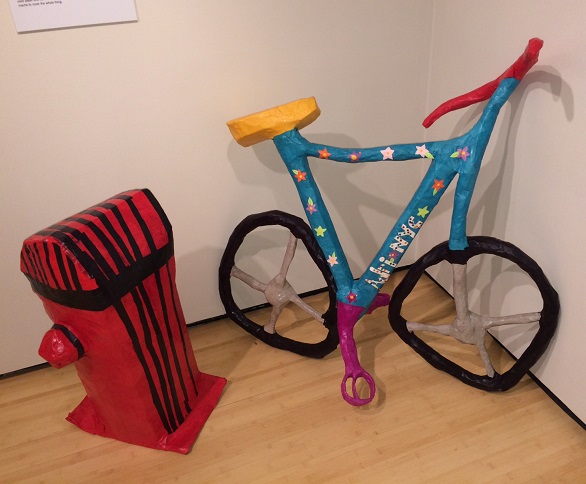Inspired by the Philippines’ past, NYC school children create art for the present
By Cristina DC PastorA paper mâché laptop, repurposed costume jewelry, a bicycle in mixed media.
These are some of the everyday objects created by New York City school children, inspired by an exhibit on the Philippines’ colonial past, “Philippine Gold: Treasures of Forgotten Kingdoms.”
“To help us understand how Filipinos from a long time ago lived, we decided to tell the story of how we live today in New York City,” explained a student from PS 134 in East Broadway. Their group ‘travelled in time’ and fashioned art from a time capsule concept that includes a bicycle leaning against a fire hydrant, cash bills, and a computer, objects that represent the lifestyle of NYC kids in 2016. “The bicycle is important for getting around the city, staying fit, and is not harmful to the environment.”
The time machine is just one of the art objects produced as part of the Studio in a School program promoting art education to NYC public school children. Founded in 1977 by Agnes Gund, philanthropist and President Emerita of The Museum of Modern Art, Studio in a School brings children to view art exhibits around the city, providing them a “meaningful visual arts experience.”
Students from four schools – PS 133, PS 38, and PS 31 in Brooklyn, and PS 134 in Manhattan – were able to view the Philippine Gold exhibit presented at the Asia Society from September 11, 2015 to January 3, 2016. Questions such as — ‘How many of you like gold?’ or ‘What does gold mean to you?’ – were posed, and from their reflective responses the children proceeded to create art guided by more experienced teaching artists.
PS 38 produced an accordion book made of mixed media. PS 31 came up with their version of the “Death Masks,” their masks adorned with beaded jewelry and made into “Life Masks” for living people to wear. PS 133 produced animals made of paper mâché to call attention to endangered species or “animals in trouble,” and PS 134 proudly unveiled their time machine.
Sasha Vosk, 10, of PS 31 posed beside his Life Mask which he decorated with a necklace made from jelly beans and recycled trinkets. “I want my mask to give life,” he told The FilAm.
His friend Dominik Wasik, 10, said he thought of his aunt while making the jewelry on his mask.
Is your aunt Filipino? I asked. He shook his head, explaining that he wanted the necklace to be beautiful, something his aunt would appreciate. He said he read about Filipinos while working on the art project and learned that Filipinos now make log cabins. “I read books about them,” said Wasik.
Annabelle Rouse, 10, also of PS 31, created a brightly colored image of the mask using ‘transfer art’ technique. She said the Philippine Gold exhibit made her appreciate how “very diverse” New York is.
Nina Capistrano Baker, consulting curator of the Philippine Gold exhibit, called the children’s art “visually stunning and thought-provoking.” She noted how the Filipinos’ “understanding of our past helps the children understand their present.” The gold exhibit is a collection of artifacts discovered across the Philippines during the 10th to 13th centuries. The excavated objects included jewelry, bowls, weapons and military ornaments, which are currently owned by private collectors in Manila.
It is all about imagination, said Asia Society President and CEO Josette Sheeran. In art, she said, there are “no mistakes, no worrying about breaking the rules, just letting the imagination grow and having fun doing it.”
The children echoed the fun part. “It was hard work, but sometimes we played.”
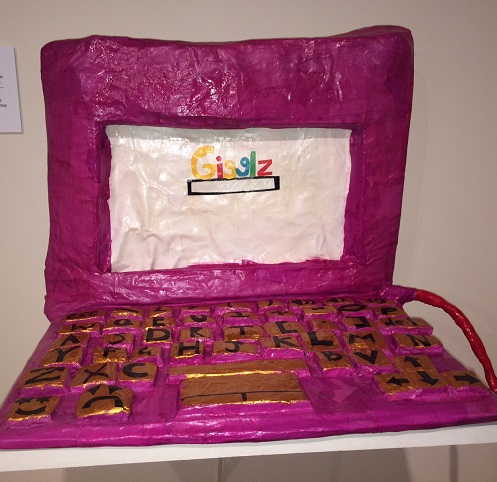
The bike and the computer (above): objects from a time capsule created by students of PS 134 in East Broadway (below)
